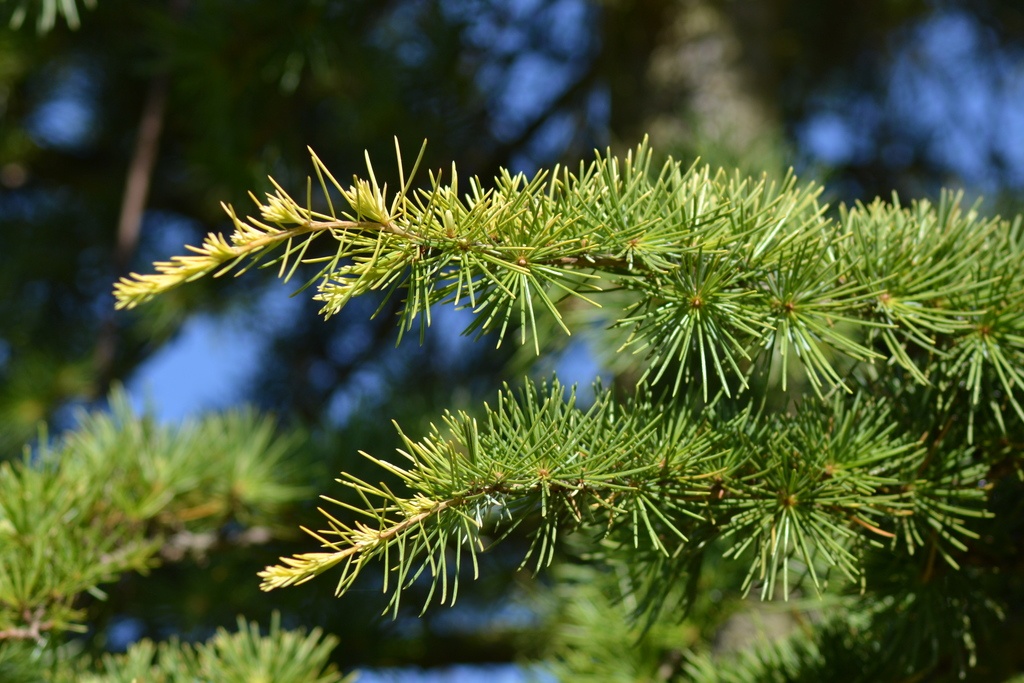
cedrus deodara aurea Guillot Bourne
Cedrus Deodara Aurea, commonly known as the Golden Deodar Cedar, is a slow-growing, evergreen conifer tree. It belongs to the Pinaceae family, and its scientific name is Cedrus Deodara. This tree is native to the western Himalayas and is widely cultivated in many parts of the world, including North America and Europe. Taxonomic Information
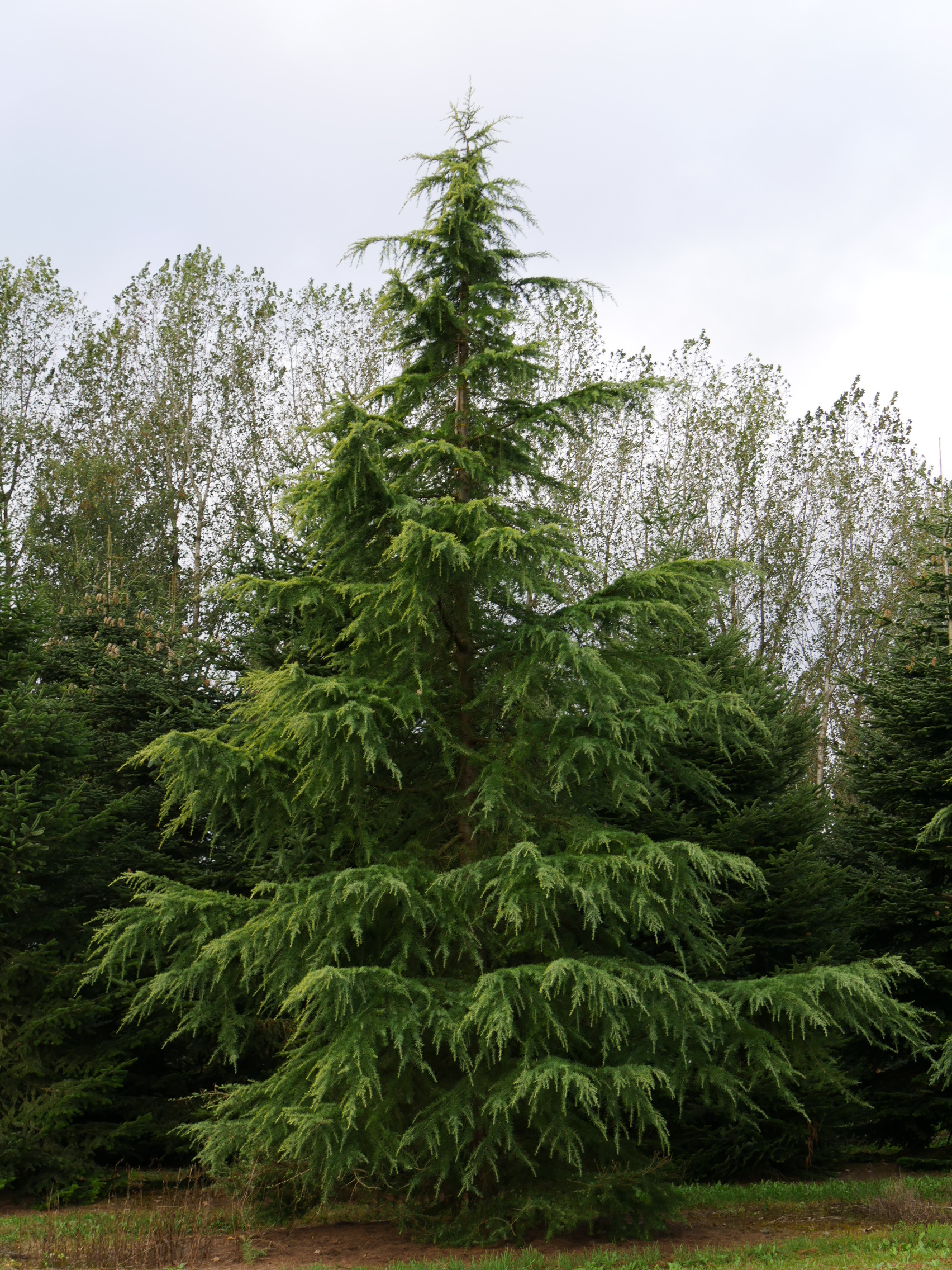
Cedrus deodara 'Aurea' Himalayaceder (cv) Van den Berk Boomkwekerijen
Cedrus deodara commonly grows to 50 feet or more in height but can grow as tall as 200 feet in its natural habitat (3,5,6,9,14). The tree's trunk usually remains straight and can measure more than three meters in diameter at maturity (2,16). When young, the tree will have pyramidal shape.

Cedrus deodara Himalayan cedar, Deodar cedar Van den Berk Nurseries
Cedrus deodara 'Aurea' golden deodar A medium-sized evergreen tree, at first conical with drooping leader, later broad-crowned. Needles to 4cm in length, bright golden yellow, becoming greenish-yellow by late summer. Cones rarely formed Join the RHS today and save 25% Join now < > © RHS © Copyrighted 2003 © RHS © Copyrighted 2003 Save to My plants

Cedrus Deodara Aurea This pyramidal Deodar Cedar grows to 30 feet tall and 10 feet wide. It
SE-drus de-o-DAR-a Family: Pinaceae Genus: Cedrus Type: Conifer Native to (or naturalized in) Oregon: No Conifer, evergreen, 40-70 (150) ft [12-21 (46) m] high, broadly pyramidal with gracefully pendulous branches, drooping central leader, spreading and flat-topped with age.
Cedrus_deodara_Aurea_2.JPG (680×1024) Nature, Cedrus deodara, Natural landmarks
Hardiness Zone: 7-9 · Mature Height: 25-30 Feet · Mature Spread: 10-15 Feet Buy Golden Deodara Cedar online. Has a graceful, pendulous, dense habit with horizontal branching and silvery-blue needles with yellow new growth and fall color. Family: Pinaceae · Common Name: Cedar FREE with every plant purchased:
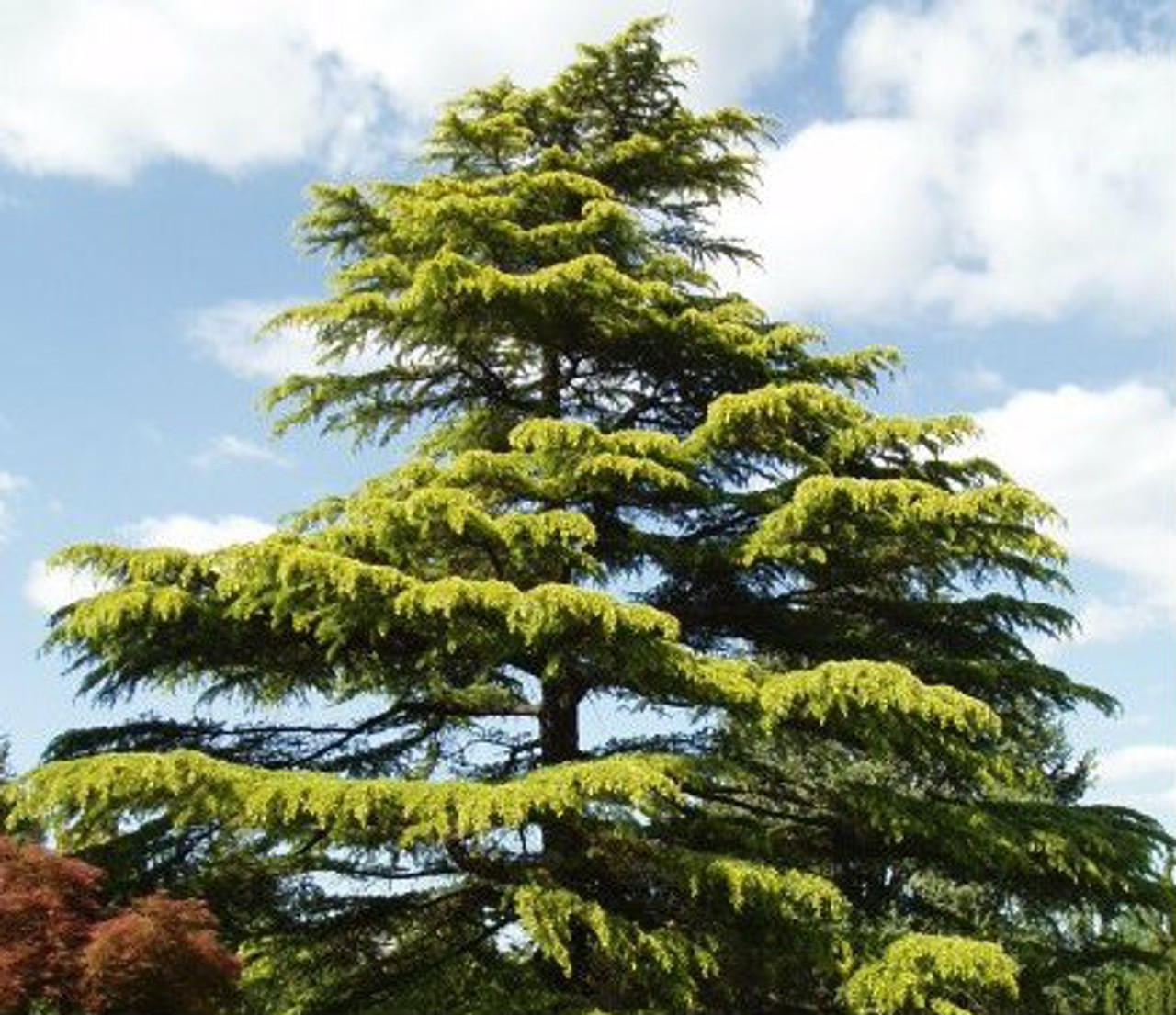
Cedrus deodara ' Aurea ' Golden Himalayan Cedar Kigi Nursery
Pinaceae. Native to the UK. No. Potentially harmful. Genus. Cedrus. Genus description. Cedrus are large evergreen trees with needle-like leaves arranged spirally on young shoots, and in whorls on short spur-like side-shoots; ovoid cones break up to release the seeds while still attached to the tree. Name status.
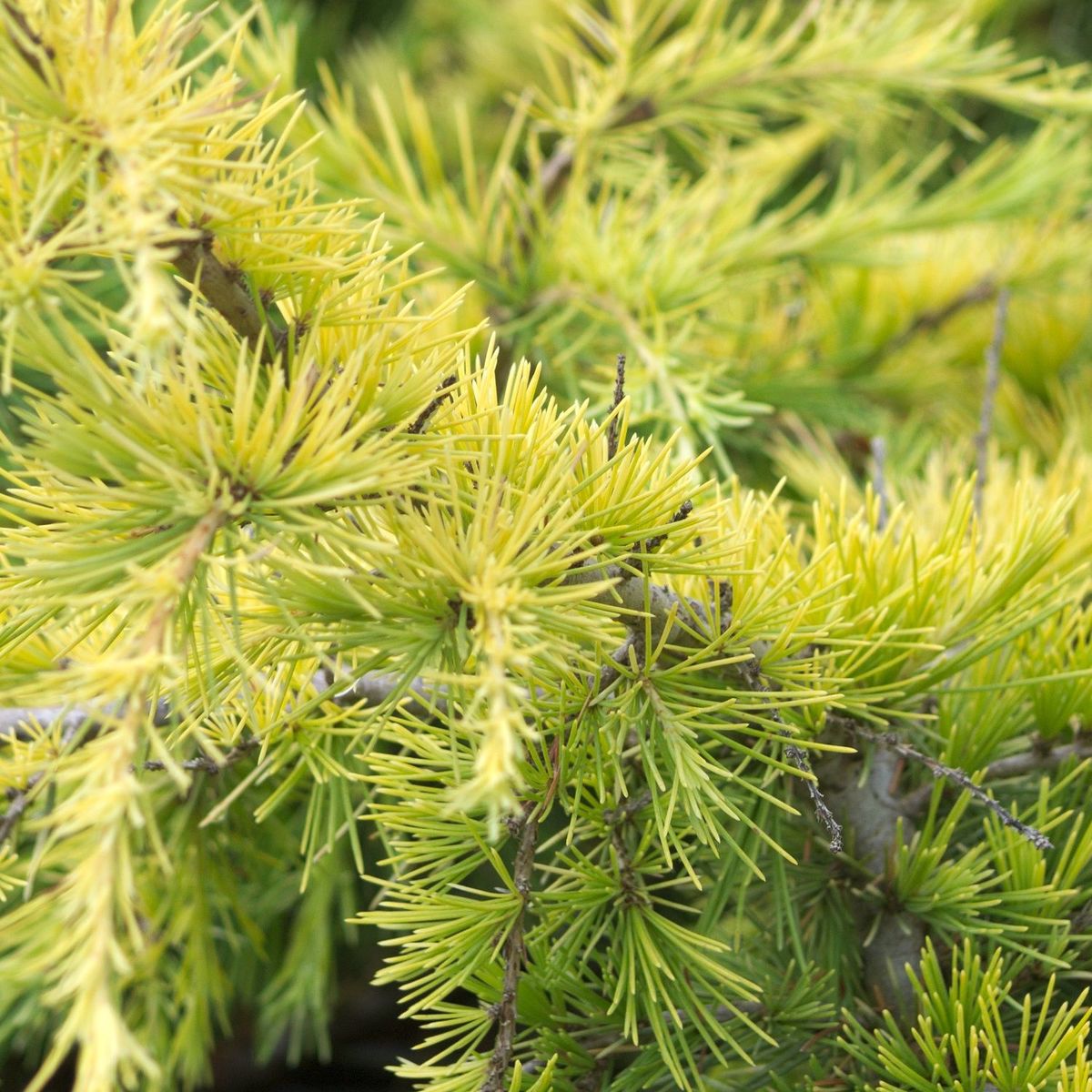
Cèdre de l'Himalaya deodara Golden Horizon Achat direct au producteur
A very old cultivar, Cedrus deodara 'Aurea' (Deodar Cedar) is a large evergreen coniferous tree of conical habit adorned with striking horizontal branches and weeping tips bearing long, soft golden needles. Its spring growth is a remarkable creamy yellow.
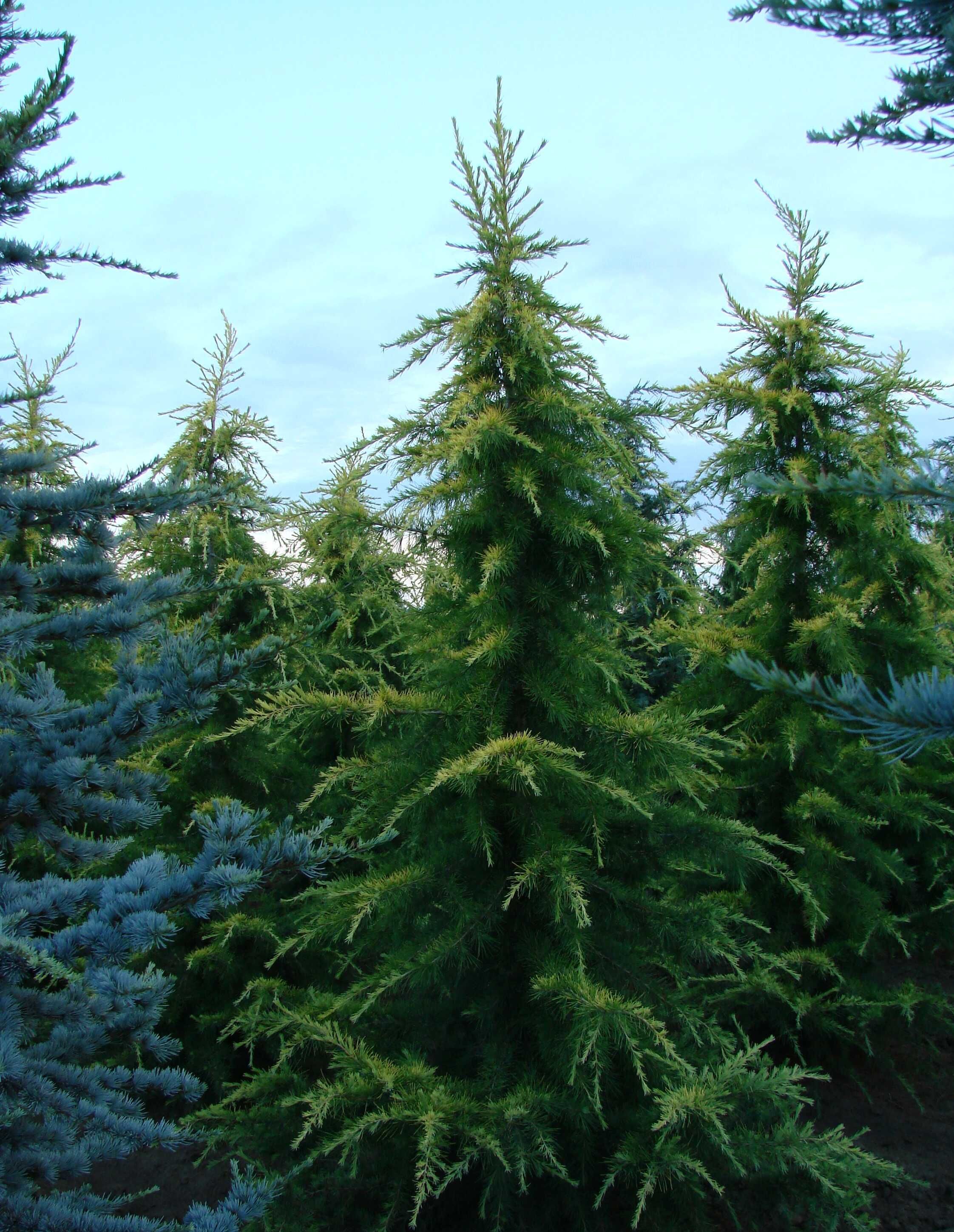
Cedrus deodara Aurea The Site Gardener
Cedrus deodara, the deodar cedar, Himalayan cedar, or deodar, [2] is a species of cedar native to the Himalayas . Description It is a large evergreen coniferous tree reaching 40-50 metres (131-164 feet) tall, exceptionally 60 m (197 ft) with a trunk up to 3 m (10 ft) in diameter. It has a conic crown with level branches and drooping branchlets. [3]

Cedrus deodara 'Aurea', GoldHimalayaZeder 'Aurea' Baumschule Weber
Deodar cedar is a fine textured evergreen tree in the Pinaceae (pine) family native from Tibet to Afghanistan. Its form is broadly pyramidal when young; its pendulous or weeping branches become wide and spreading, as its central leader often dies out.

PlantFiles Pictures Deodar Cedar, Himalayan Cedar 'Aurea' (Cedrus deodara) by Snowrose
Best grown in deep, moist but well-drained, acidic loams in full sun. Drought tolerant once established. Intolerant of poorly drained wet soils. Best tolerance of the true cedars for hot and humid summers. Common Name. Golden Deodar Cedar. Botanical Name. Cedrus deodara 'Aurea'. Evergreen or Deciduous.

golden Himalayan cedar (Cedrus deodara 'Aurea')
Common name: Aurea Golden Deodar Cedar Pronunciation: SE-drus de-o-DAR-a Family: Pinacea Genus: Cedrus Type: Conifer Native to (or naturalized in) Oregon: No Conifer, evergreen, to about 10-25 ft (3-7.5 m), habit similar to that of the species. Leaves (needles) gold-yellow on new growth, greening in the fall, and greenish-yellow in winter.
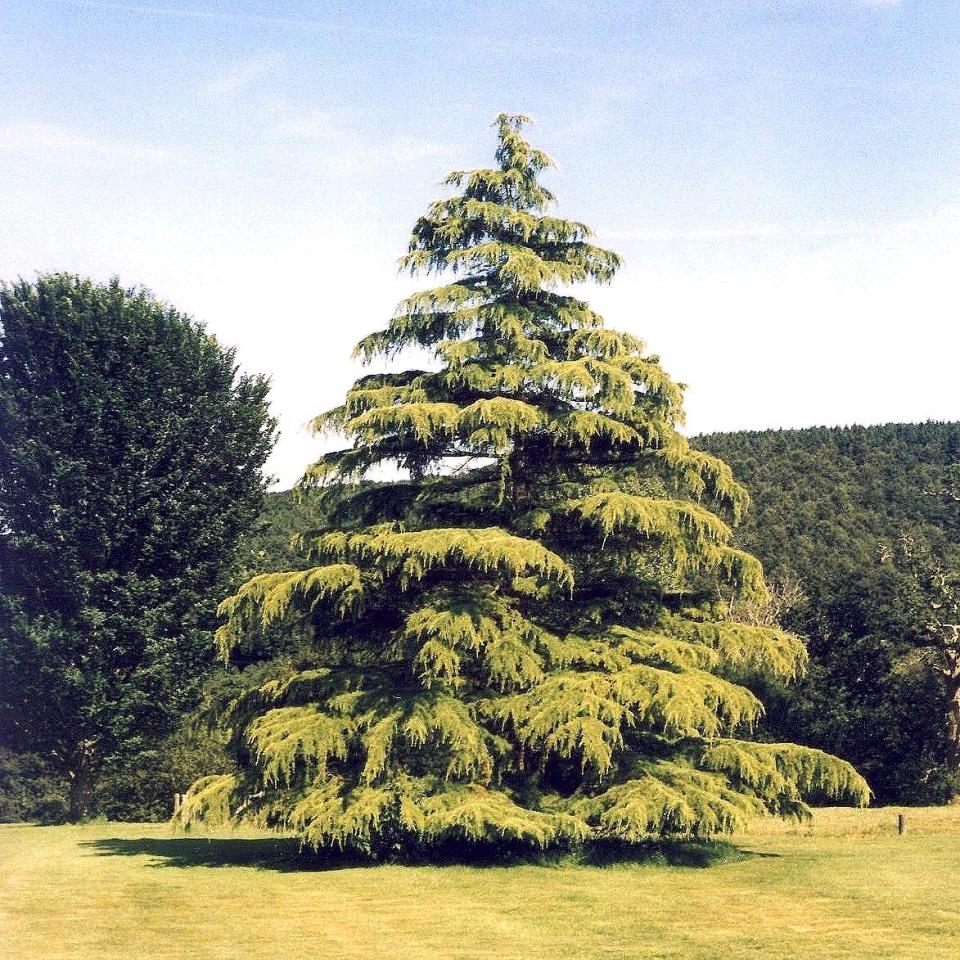
Cedrus deodara ‘Aurea’ Kiefer Nursery Trees, Shrubs, Perennials
Cedrus deodara 'Aurea': An evergreen conifer tree with chartreuse and gold foliage and red and brown fruit. Attractive to birds. To grow well, it prefers sun - bright shade and occasional water. Drought tolerant once established. Prefers to be dry in summer. Adaptable to various soil conditions. Grows best in well-drained soil. In need of something seaside / salt tolerant and verticillium wilt.

Cedrus deodara aurea Golden Deodar Cedar Tree Mail Order Trees
The right time to plant Cedrus deodara 'Aurea' is during the dormancy period. In Western Europe, Cedrus deodara 'Aurea' with root balls can generally be planted from mid-November to late April, although this depends strongly on the climatic conditions and the species of tree.
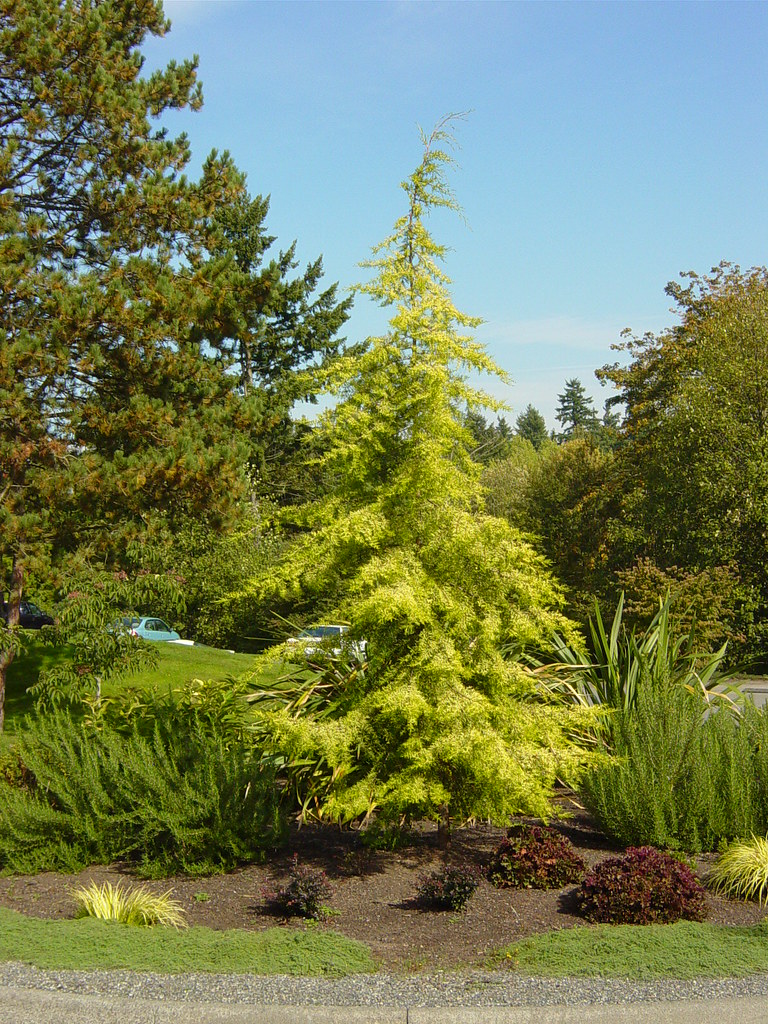
Cedrus deodara 'Aurea' Golden Deodar Cedar WBLA_Corky Flickr
Cedrus deodara: Deodar Cedar 1. Edward F. Gilman and Dennis G. Watson 2.. 'Aurea'—yellow leaves (looks ill); 'Pendula'—long, drooping leaves; 'Robusta'—stiffer twigs. Pests and Diseases. No pests or diseases are of major concern. Perhaps scales, borers, deodar weevils, and bagworms. Following a cold winter, tops often decline and.
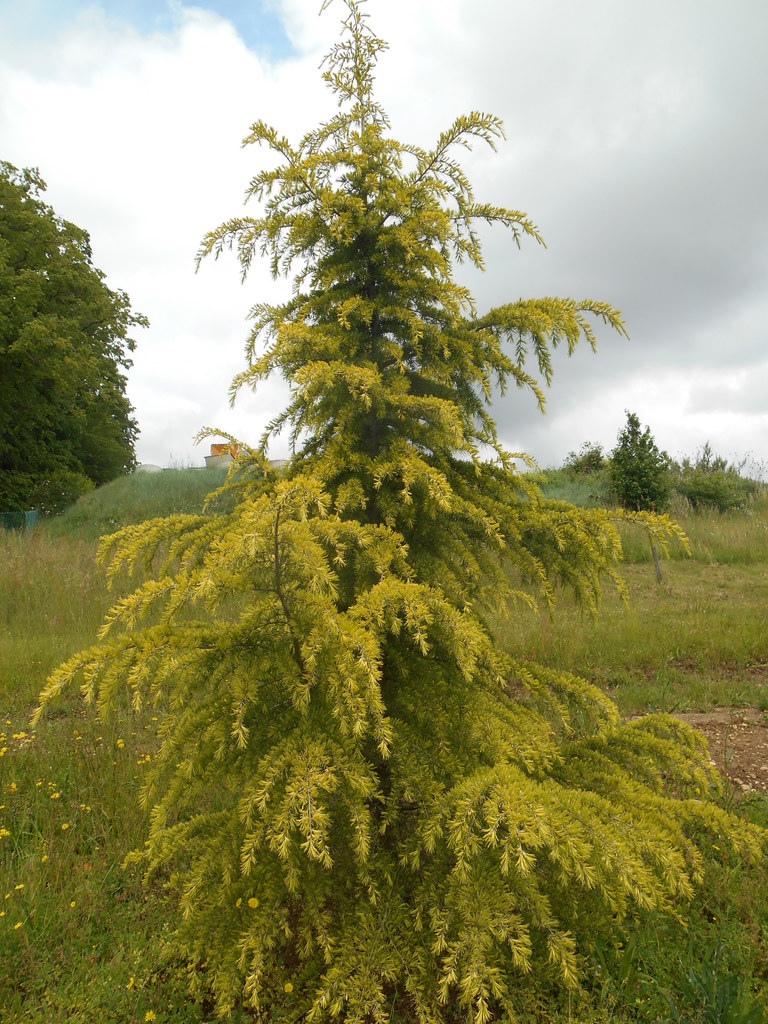
cedrus deodara aurea Guillot Bourne
Cedrus deodara, Chail (2250m), Himachal Pradesh, India, October 2017. Image Gaurav Verma. Tree typically 40-50 m tall, 2.5-3.5 m dbh, exceptional examples occasionally larger, to 65 m × 4.5 m. Trunk usually monopodial, terete, sometimes forked with multiple co-dominant trunks forming in the upper half.

golden Himalayan cedar (Cedrus deodara 'Aurea')
The deodar cedar ( Cedrus deodara) is an evergreen conifer tree favored for its weeping habit (gracefully drooping branches) and pyramid shape. It is often used as a specimen tree in parks and other large gardens and can also be used to line streets. A dwarf variant, 'Snow Sprite,' was also developed for bonsai cultivation.